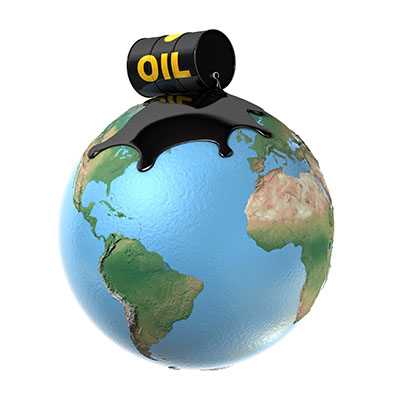Under WEEE guidelines laser toner consumables containing toner powder are classed as hazardous waste. That means you must recycle them properly.
Used toner cartridges are 97% recyclable. The typical used toner cartridge weighs about 1.4kg and is composed of 40% plastic, 40% metal, and smaller percentages of rubber, paper, foam, and toner.
Using remanufactured toner cartridges also saves energy. Approximately 3.4 litres of oil are burned in the production of a single new toner cartridge. A used toner cartridge can be remanufactured up to four times, thus potentially saving up to 13.6 litres.
The manufacturing process for producing a new laser toner cartridge releases 100kg of CO2 into the atmosphere. Accordingly, when you choose to use remanufactured laser toner cartridges, you reduce air pollution, greenhouse gases and you help to minimise the amount of materials disposed of in landfills. You also conserve natural resources by eliminating the need for virgin materials used to make new cartridges.
Sadly, most used cartridges end up in landfills in the U.K. or overseas, where it will take centuries for some parts to fully decompose.
Worse than the environmental impact is the human cost: many cartridges end up in cities like Guiyu, China, where they are incinerated or dissolved with hazardous chemicals to extract residual metals. These processes contaminate the local air, soil and groundwater.
Our aim is to encourage organisations to reduce waste through prevention, recycling, and buying or manufacturing recycled.
The aim of our partnership is to significantly reduce the environmental impact and subsequent consequences of printing, ensuring that we are all contributing to the solution, not the problem.
